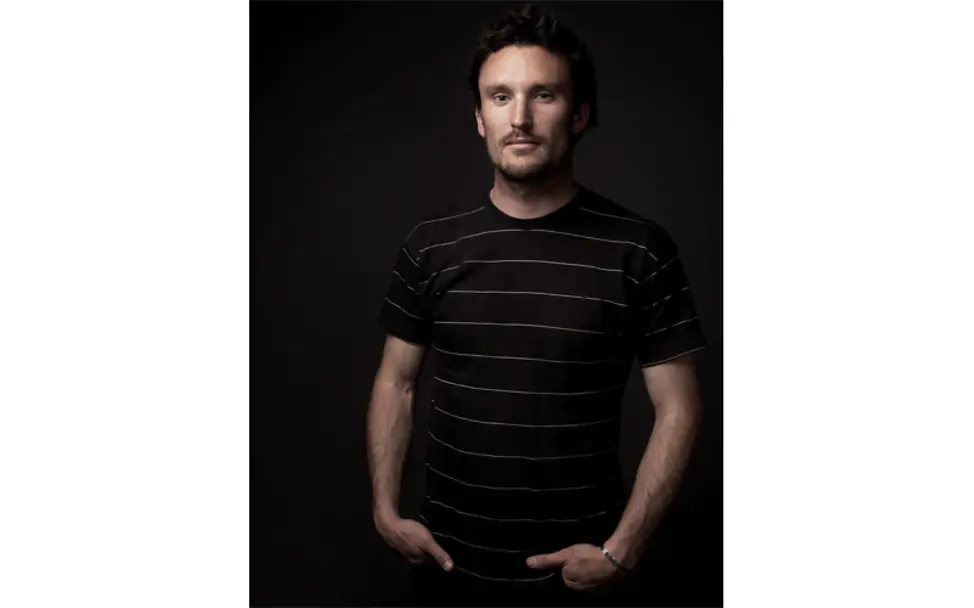Andrew Quilty, Australia
Afghanistan: No medal for bravery
Soldiers wounded in war are often given medals for bravery. Wounded children, if they are lucky, are given prostheses. This disturbing image shows seven Afghan children from a remote village in the district of Surkh Rod. They were severely injured when an unexploded bomb detonated. All of them have lost one or both of their legs, which had to be amputated either above or below the knee. And all of them are from a single family and had to watch their mother and one of their sisters die.
 Bild 1 von 12 © Andrew Quilty, Australia (Agence VU)
Bild 1 von 12 © Andrew Quilty, Australia (Agence VU) Bild 2 von 12 © Andrew Quilty, Australia (Agence VU)
Bild 2 von 12 © Andrew Quilty, Australia (Agence VU) Bild 3 von 12 © Andrew Quilty, Australia (Agence VU)
Bild 3 von 12 © Andrew Quilty, Australia (Agence VU) Bild 4 von 12 © Andrew Quilty, Australia (Agence VU)
Bild 4 von 12 © Andrew Quilty, Australia (Agence VU) Bild 5 von 12 © Andrew Quilty, Australia (Agence VU)
Bild 5 von 12 © Andrew Quilty, Australia (Agence VU) Bild 6 von 12 © Andrew Quilty, Australia (Agence VU)
Bild 6 von 12 © Andrew Quilty, Australia (Agence VU) Bild 7 von 12 © Andrew Quilty, Australia (Agence VU)
Bild 7 von 12 © Andrew Quilty, Australia (Agence VU) Bild 8 von 12 © Andrew Quilty, Australia (Agence VU)
Bild 8 von 12 © Andrew Quilty, Australia (Agence VU) Bild 9 von 12 © Andrew Quilty, Australia (Agence VU)
Bild 9 von 12 © Andrew Quilty, Australia (Agence VU) Bild 10 von 12 © Andrew Quilty, Australia (Agence VU)
Bild 10 von 12 © Andrew Quilty, Australia (Agence VU) Bild 11 von 12 © Andrew Quilty, Australia (Agence VU)
Bild 11 von 12 © Andrew Quilty, Australia (Agence VU) Bild 12 von 12 © Andrew Quilty, Australia (Agence VU)
Bild 12 von 12 © Andrew Quilty, Australia (Agence VU)
As the wars in Syria and Yemen took the international community’s attention away from Afghanistan, the dying continues. In 2018 alone, more than 1,400 civilians died because of exploding mines and other remnants from the war between the Taliban and Afghan troops, 87% of them children.
The youngest child in this picture is four-year-old Marwa, the oldest is twelve-year-old Shafiqullah, the boy in the background. Australian photographer Andrew Quilty accompanied them on their arduous path through hospital and rehab facilities and portrayed their brave fight against all the suffering. Their story is representative of the pain and trauma inflicted on so many girls and boys who are always the most innocent victims of armed conflicts. The number of officially registered serious violations of children’s rights in war and crisis zones has tripled since 2010.
Curriculum Vitae: Andrew Quilty, Australia (Agence VU)

Andrew Quilty was born in 1981. After enrolling in the Sydney Institute of TAFE's Photography program, finishing at the top of his class in 2004, he lived for some time in New York before moving to Kabul in 2013. Until today, Quilty has reported from 20 of the 34 Afghan provinces.
He received the World Press Photo Award for two of his photo series that were exhibited at (among other events) one of the most important photo festivals worldwide, the “Visa pour L’Image” in the French city of Perpignan.
- 1st Prize: Hartmut SchwarzbachGarbage, the Children and Death. The harbor of Manila’s Tondo district: here, the children make a living by fishing plastic bottles out of the bay’s polluted water.
- 3rd Prize: Antonio Aragón RenuncioIn the underworld. Exhaustion is written all over his face: For this boy, gold is not a promise - it’s a scourge. Antonio Aragón Renuncio documented the hardships of Burkina Faso’s gold-seeking children – and followed them even to the cemeteries where so many of them now lie.
- Honorable MentionsIn addition to the winning photo series, the independent jury also awarded nine honorable mentions. The stories show children from many different countries all over the world.